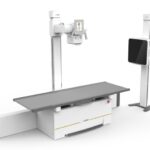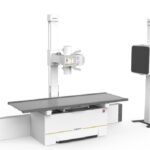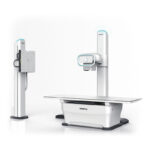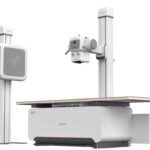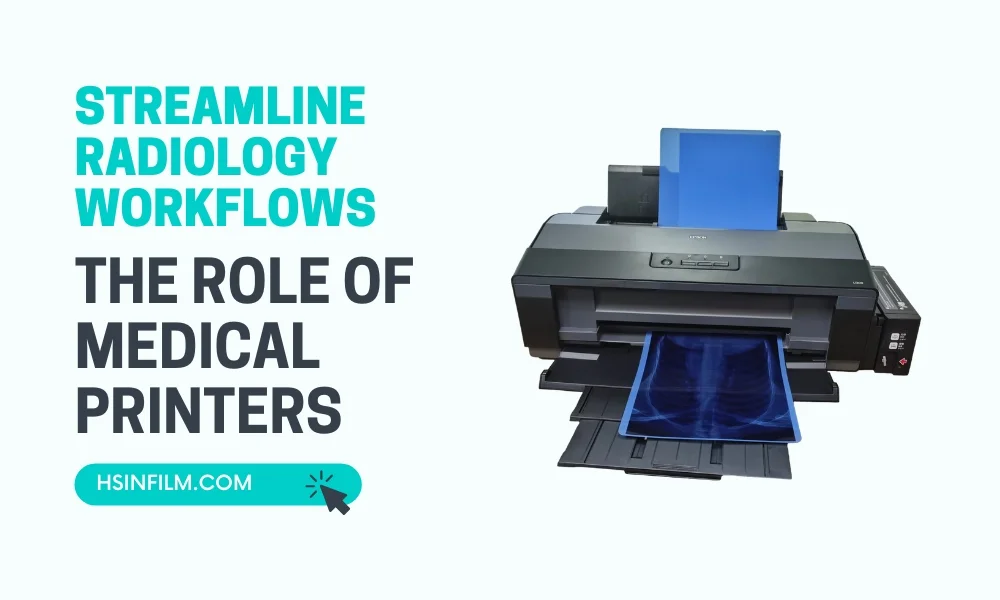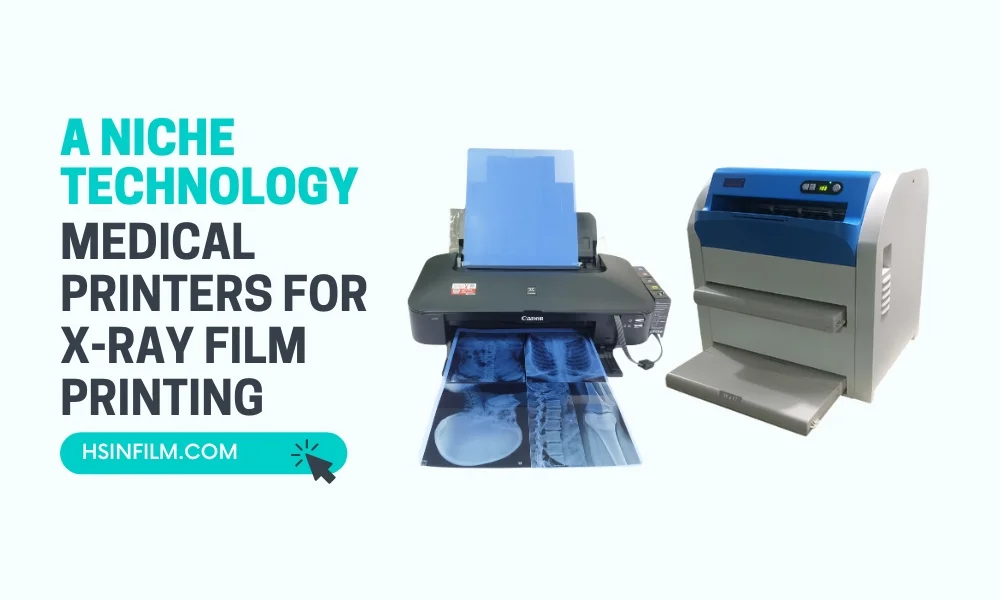Lateral skull X-rays play a crucial role in diagnosing and managing various medical conditions. This imaging technique, often recommended by healthcare professionals, provides a detailed view of the skull, helping to identify abnormalities and plan treatment. In this blog post, we will explore the significance of lateral skull X-rays, when they are recommended, what they reveal, and how they contribute to patient care.
Table of Contents: Significance of Lateral Skull X-rays
What is a Lateral Skull X-ray?
A lateral skull X-ray is a type of imaging test that captures a side view of the skull. Unlike a standard skull X-ray, which typically takes a front-facing view, the lateral X-ray provides a clear image of the side of the head. This view allows doctors to see the bones of the skull, the nasal cavity, the sinuses, and the base of the skull in detail.
How is a Lateral Skull X-ray Performed?
The procedure for a lateral skull X-ray is simple and non-invasive. Here’s a step-by-step overview of what happens during the test:
- Positioning: The patient is usually asked to sit or stand next to the X-ray machine. The technician will carefully position the patient’s head to capture the side view of the skull.
- Taking the X-ray: Once the patient is in the correct position, the technician will take the X-ray. The process is quick, typically lasting just a few seconds.
- Reviewing the Images: After the X-ray is taken, the images are reviewed by a radiologist or doctor to identify any issues.
Also read: Lateral Skull X-ray Guide
When are Lateral Skull X-rays Recommended?
Lateral skull X-rays are recommended in various situations where a detailed view of the skull is necessary. Below are some common reasons why this type of X-ray might be needed:
1. Head Trauma
One of the primary reasons for ordering a lateral skull X-ray is to evaluate head trauma. If a patient has suffered a blow to the head, this imaging test can help doctors assess the extent of the injury. The X-ray can reveal fractures, bone displacement, or other abnormalities that may not be visible on the surface.
2. Chronic Headaches
For patients experiencing chronic headaches, a lateral skull X-ray can help rule out structural issues in the skull that might be causing the pain. It can identify problems such as sinusitis, which can lead to headaches if the sinuses are blocked or inflamed.
3. Sinus Issues
Lateral skull X-rays are often used to diagnose sinus problems. By providing a clear view of the nasal cavity and sinuses, the X-ray can help doctors detect issues like sinusitis or nasal polyps that may require treatment.
4. Dental Assessments
In some cases, lateral skull X-rays are used in dental assessments, particularly in orthodontics. They can help in planning treatments like braces by showing the position of the teeth and jaws in relation to the rest of the skull.
5. Monitoring Skull Growth in Children
For children, lateral skull X-rays can be used to monitor the growth and development of the skull. This is particularly important in detecting conditions like craniosynostosis, where the skull bones fuse prematurely, potentially leading to developmental issues.
What Can Lateral Skull X-rays Reveal?
Lateral skull X-rays provide valuable insights into the structure and condition of the skull. Here are some key things that doctors can learn from this imaging test:
1. Fractures and Bone Damage
One of the primary uses of lateral skull X-rays is to detect fractures or other forms of bone damage. This is particularly important after head trauma, as undetected fractures can lead to complications if not treated promptly.
2. Sinus Problems
The X-ray can show any blockages or abnormalities in the sinuses. This is helpful in diagnosing conditions like sinusitis, where the sinuses become inflamed and filled with fluid, leading to discomfort and infection.
3. Tumors and Growths
Lateral skull X-rays can also reveal abnormal growths or tumors within the skull. Early detection of such issues is crucial for treatment and management, particularly in cases of benign or malignant tumors.
4. Abnormalities in Skull Shape
In some cases, lateral skull X-rays are used to identify abnormalities in the shape or structure of the skull. This can be important in diagnosing congenital conditions or assessing the impact of certain diseases on the bones of the skull.
How Do Lateral Skull X-rays Contribute to Patient Care?
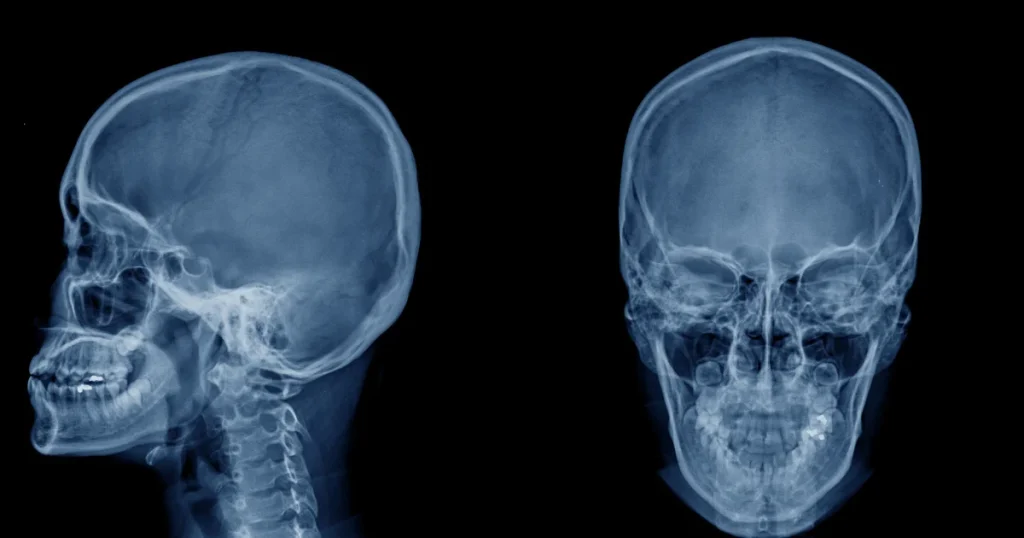
Lateral skull X-rays play a significant role in patient care by providing detailed images that help doctors diagnose and manage various conditions. Here’s how they contribute to overall healthcare:
1. Accurate Diagnosis
The detailed images provided by a lateral skull X-ray allow doctors to make accurate diagnoses. Whether it’s detecting a fracture after an injury or identifying sinus issues, the X-ray provides crucial information that guides treatment decisions.
2. Treatment Planning
In cases where surgery or other treatments are required, the information from a lateral skull X-ray is invaluable. For example, in orthodontics, the X-ray can help in planning the placement of braces by showing the position of the teeth in relation to the jaw and skull.
3. Monitoring Progress
Lateral skull X-rays are also useful in monitoring the progress of certain conditions. For instance, in children with craniosynostosis, regular X-rays can help track the growth of the skull and the effectiveness of treatments.
4. Prevention of Complications
By detecting issues early, lateral skull X-rays help prevent complications that might arise from undiagnosed conditions. For example, identifying a skull fracture early can prevent more serious problems from developing if the injury is left untreated.
Are Lateral Skull X-rays Safe?
Lateral skull X-rays are generally considered safe, as they use a low dose of radiation. However, it’s important to minimize exposure to radiation whenever possible, especially in children. Doctors typically weigh the benefits of the X-ray against the risks to ensure that the test is necessary and beneficial.
Conclusion
Lateral skull X-rays are a valuable diagnostic tool in the medical field. They provide detailed images that help doctors diagnose and treat various conditions, from head trauma to sinus problems. Understanding the significance of lateral skull X-rays can help patients feel more informed and confident when undergoing the test. By providing crucial insights into the structure and health of the skull, it contributes significantly to patient care and overall health outcomes.

